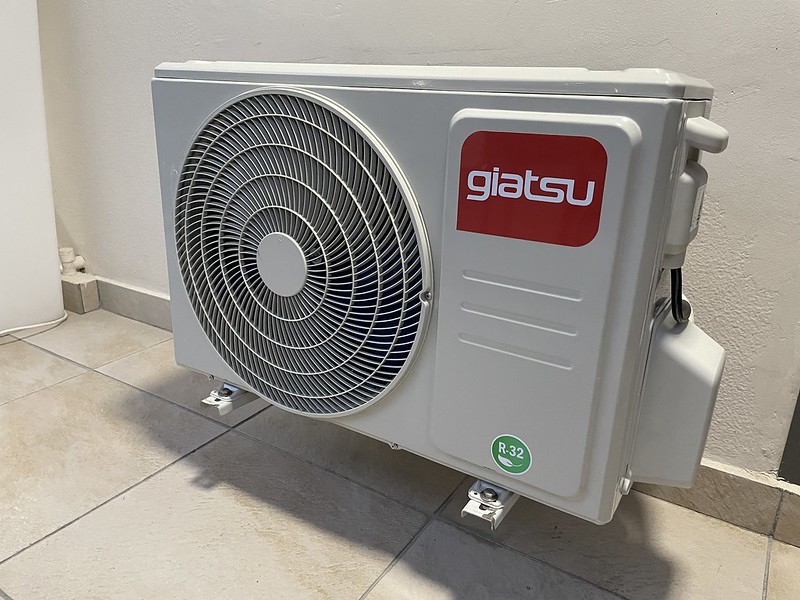When it comes to installing a mini-split system, one of the critical factors to consider is the KVA (Kilovolt-Ampere) requirement. Knowing the precise KVA needed for your mini-split system is essential to ensure proper electrical infrastructure and safe operation. In this comprehensive guide, we’ll delve into the technical details and provide a step-by-step approach to determining the KVA requirements for your mini-split system.
Understanding Power Consumption and SEER Ratings
The power consumption of a mini-split system can be estimated using the formula:
Power Consumption (kW) = Cooling Capacity (BTU) / SEER (BTU/W)
Where SEER (Seasonal Energy Efficiency Ratio) is a measure of the efficiency of the air conditioner. For example, a 12,000 BTU mini-split system with a SEER rating of 16 would consume approximately 750 watts of power:
Power Consumption (kW) = 12,000 BTU / 16 BTU/W = 750 W
It’s important to note that the SEER rating can vary depending on the specific model of the mini-split system. Higher SEER ratings indicate more efficient units, which can result in lower power consumption.
Calculating the KVA Requirement
To convert the power consumption from kilowatts (kW) to kilovolt-amperes (kVA), you can use the following formula:
KVA = Power Consumption (kW) / Power Factor
The power factor is typically around 0.95 for mini-split systems. Therefore, the KVA required for a 12,000 BTU mini-split system with a SEER rating of 16 would be:
KVA = 750 W / 0.95 = 789.47 W / 1000 = 0.79 kVA
It’s essential to note that this calculation is an estimate, and the actual power consumption of the mini-split system may vary depending on various factors, such as the specific model, usage patterns, and environmental conditions.
Factors Affecting KVA Requirements
Several factors can influence the KVA requirements for a mini-split system, including:
- Cooling Capacity: The cooling capacity of the mini-split system, measured in BTUs, directly affects the power consumption and, consequently, the KVA requirement.
- SEER Rating: The SEER rating of the mini-split system determines its energy efficiency, which impacts the power consumption and KVA requirement.
- Voltage and Phase: The voltage and phase of the electrical supply can affect the KVA requirement. Mini-split systems typically operate on 208/230V, 1-phase power.
- Power Factor: The power factor, which is typically around 0.95 for mini-split systems, can vary depending on the specific model and installation conditions.
- Ambient Conditions: Environmental factors, such as temperature and humidity, can influence the actual power consumption and KVA requirement of the mini-split system.
Selecting the Appropriate Circuit Breaker and Wiring
Once you have determined the KVA requirement for your mini-split system, you can select the appropriate circuit breaker and wiring size. It’s essential to consult local electrical codes and regulations to ensure compliance.
As a general guideline, the circuit breaker size should be 125% of the calculated KVA requirement. For example, if the KVA requirement is 0.79 kVA, the recommended circuit breaker size would be:
Circuit Breaker Size = 0.79 kVA x 1.25 = 0.9875 kVA
The wiring size should be selected based on the circuit breaker size and the National Electrical Code (NEC) guidelines. It’s recommended to consult with a licensed electrician to ensure the proper selection and installation of the electrical components.
Conclusion
Determining the KVA requirements for a mini-split system is a crucial step in ensuring the safe and efficient operation of your HVAC system. By following the formulas and guidelines provided in this comprehensive guide, you can accurately calculate the KVA requirement and select the appropriate electrical components for your mini-split installation.
Remember, it’s always advisable to consult with a licensed electrician or HVAC professional to ensure compliance with local codes and regulations, as well as to address any specific installation challenges you may encounter.

